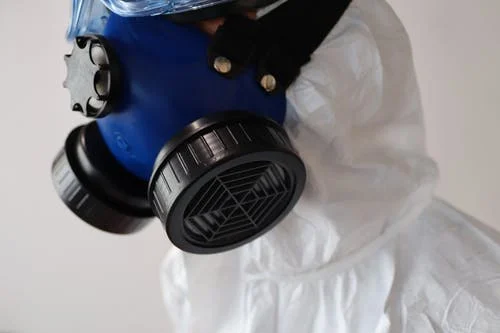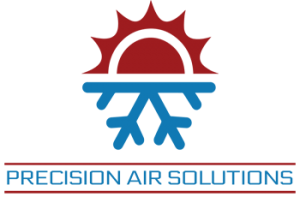- (707)-741-1993
- chris@precisionhvacco.com
- Serving Solano & Surrounding Counties
How Air Cleaners and Filters Help You to Improve Indoor Air Quality
According to the World Health Organization (WHO), air pollution causes 7 million premature deaths worldwide. Further broken down, this translates to 4.3 million from indoor air pollution and outdoor air pollution accounting for 3.7 million.
Obviously, indoor air quality is the highest contributor to this statistic because we spend the bulk of our lives indoors. It is then absolutely vital that we purify the air we breathe indoors. This isn’t just for health, but also for comfort.
Let’s learn what we can do about this and how air cleaners and filters can help.

6 Things to Do to Improve the Quality of Air Indoors
Besides guaranteeing excellent indoor air quality, these items we list below will also help you in achieving a high-performance.
- Air filtration
- Closing gaps and fixing leakages
- Air renewal
- Air purification
- Measuring indoor air quality
- Good ventilation
Routine inspections and excellent maintenance of the indoor atmosphere are also necessary.
For the purpose of this article, we’ll be discussing indoor air filtration and cleaning.
Air Filtration and Cleaning for Improving Indoor Air Quality
The WHO has set standards for indoor air quality. They relate to suspended particles, ozone, nitrogen dioxide, and sulfur dioxide. Apart from indoor air, they also concern outdoor air quality and constitute protection thresholds for human health.
To achieve this in your home or office, you need to use high-quality air filters. They help improve the quality of air indoors by passing your ventilation through several layers of filters, all serving different purposes. They can remove substances as large as pollen and as small as gaseous molecules that carry bad odors.
Here are the types of air filters:
Types of Air Filters
In order to filter effectively and adequately, there are four ranges of filters:
- Coarse filters
Also called prefilters, they are mainly used in the first stage of air treatment and allow the largest particles to be removed from the air. They are also used as the first stage of filtration in order to protect the more sensitive filters of the subsequent stages. It filters down to 10 µm, example is pollen.
- Fine filters
They can be placed directly in the first stage of filtration. Their main application is the thorough treatment of air in buildings of the tertiary type. They also serve to effectively protect absolute filters. They filter down to 0.1 µm, examples are spores and bacteria.
- Absolute filters
They are designated by the letters E, H, or U, filtering down to 0.001 µm. For example, fumes and soot.
- Activated carbon filters
They are used to stop contaminants at the molecular level. They make it possible to stop odors — cooking, for example — to protect processes, or to ensure the safety of nuclear installations. Filtration is all the way down to 0.1 nm or 0.0001 µm, for substances like gaseous molecules.
How Do Indoor Air Filters Work?
The ability of a filter to remove particles from the air essentially depends on various physical and mechanical phenomena such as sieving, inertia, interception, and diffusion.
To illustrate the different filtration effects, we will assume that the particles are spherical and that if a particle touches a fiber of the filter it will be attracted under the effect of Van Der Waal forces and will adhere to it.
Sieving
Particles whose diameter is greater than the distance between two fibers will not be able to pass.
Inertia
Particles that have too much inertia to follow the airflow as it deflects around a filter fiber get filtered out. The particles continue on their linear momentum and adhere to the front face of the fiber.
The inertial force increases with increasing air velocity, particle diameter, and decreasing fiber diameter.
Interception
Small and light particles follow the airflow around the filter fiber. If the center of a particle follows an air stream that approaches the fiber so that the distance to the fiber is less than the radius of the particle, the particle is intercepted and then sticks to the fiber.
The interception effect does not depend on air velocity unless the variation is large enough to alter the airflow pattern around the fiber. The effect increases as the particle size increases, the fiber diameter decreases, and the distance between fibers decreases.
Diffusion
Particles <1µm do not follow the flux lines around the filter fiber. They are influenced by the Brownian motion of the air molecules, that is to say, that the air molecules cause the particles to vibrate and if they come into contact with the fibers of the filter, they adhere to them. The probability of particles coming into contact with fibers increases with decreasing velocity, particle diameter, and fiber diameter.
Want to Talk to an Indoor Air Quality Professional Near You?
We’ll be happy to assist you. Just contact us today. We provide indoor air quality services in Solano and surrounding counties. Having spent several years providing this service, we’re experts on the subject. If you live in Vallejo, CA and Martinez, CA, we’re now near you.
